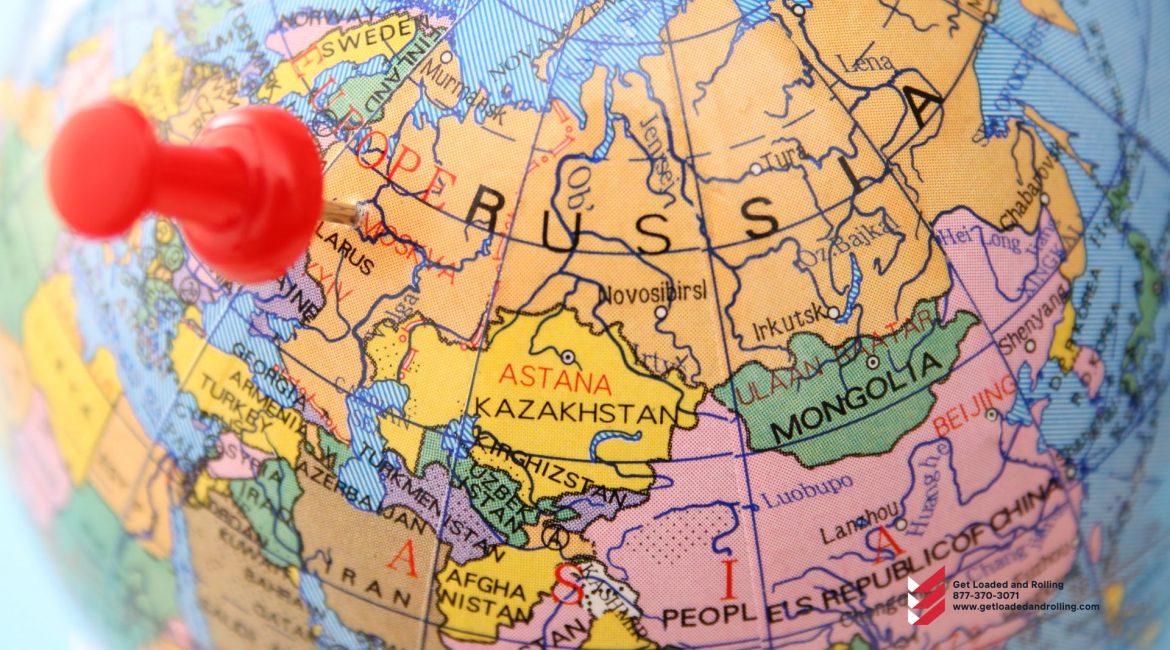Following Russia’s invasion of Ukraine, tanker shipping has already seen a significant trade change. But it’s nothing compared to what will happen if the EU bans Russian tanker cargoes.
According to new data from commodity analytics firm Kpler, Russian seaborne petroleum shipments remain historically high, with the EU being a significant consumer.
The EU has made some headway in distancing itself from Russia. However, it has a long way to go, and time is running out. The EU prohibition on seaborne crude imports goes into effect on December 5, and the restriction on refined product imports goes into effect on February 5.
Given the high volumes, these deadlines could result in abrupt, traumatic, and severe disruptions to global commodities flow.
Russian crude shipments are increasing.
According to Kpler’s data, Russia’s seaborne crude shipments averaged 3.4 million barrels per day (b/d) in the seven months since the war started. This is a 17% increase over the same period in 2021.
In March-September, Russia’s clean product exports averaged 1.4 million b/d, a 5.5% decrease year on year (y/y).
In total, Russia’s crude and product seaborne exports averaged 4.8 million b/d from March to September, up 9% year on year. Consequently, despite all of the “self-sanctioning” rhetoric about not supporting the military invader, more Russian cargo is being loaded onto tankers than before the attack.
The EU is making headway in replacing Russian crude.
The EU relies less on Russian crude than on Russian refined products (particularly diesel). Nonetheless, despite recent trade developments, Russia’s proportion of EU seaborne crude imports remains significant.
According to Kpler data, EU countries purchased an average of 1.2 million barrels per day of seaborne crude during the seven months since the war began. This is a decrease of 320,100 b/d, or 21%, from the same period in 2021.
“EU countries have significantly reduced Russian imports, substituting barrels from the United States and others,” Reid I’Anson, senior commodity analyst at Kpler, told American Shipper.
From March-September, the average amount of EU crude imports from countries other than Russia was 1.3 million b/d more than in the same months the previous year. As replacement goods travel greater distances, tanker rates have risen significantly.
Tanker demand is quantified in ton-miles, which are volume times distance. The EU has increased tanker demand by replacing (and considerably augmenting) short-haul Russian crude with longer-haul replacement crude.
The shift away from Russia over the last seven months pales in comparison to what must occur beginning December 5, when the EU import ban takes effect.
To put the magnitude of the anticipated change into context, the EU’s average crude imports from Russia in September were 668,926 b/d lower than in February, when the invasion happened. It took seven months for the drop to occur. The prohibition will go into effect in less than ten weeks. At that point, EU crude imports from Russia must drop nearly twice as much as they have in the seven months since the invasion.
The EU must reduce Russia’s present market share of seaborne crude — 12% this month, according to Kpler data — to zero.
The EU is still heavily reliant on Russian distillates.
While Russian product exports to all destinations have moderately declined since the war began, the EU increased its Russian product purchases simultaneously.
“On the clean product side,” I’Anson explained, “EU members continue to import a lot of Russian diesel/Gasoil [with] essentially no drop in volume since the war began.”
He noted that the EU’s substitution of Russian crude for US crude has increased EU demand for Russian diesel. It “reinforces the EU’s requirement for distillates because US crude imports are noticeably lighter and sweeter than Russian grades, and lighter grades yield more gasoline and light ends [than distillates].”
According to Kpler data, EU imports of Russian clean products averaged 945,501 b/d from March to September. This represents a 12% increase, or 102,716 b/d, over the same period in 2021.
Another good for product-tanker rates: the EU increased imports not only from Russia, but also from other sources further afield, increasing tanker ton-mile demand. In March-September 2022, average EU imports of seaborne clean goods from non-Russian sources increased by 193,381 b/d compared to March-September 2021.
In the long run, the EU import embargo on Russian items appears far more harmful than the impending ban on Russian crude.
Russian seaborne product imports accounted for an average of 28% of total EU product imports over the last seven months, more than doubling Russia’s proportion of EU seaborne oil imports during the same time.
